This immersive sensory adventure, designed for neurodivergent, sensory, PMLD, and SEND learners, transforms the solar system into a tactile, olfactory, auditory, and visual journey. As learners explore each planet in the sensory story, they encounter a unique sensory invitation—rich in texture, sound, scent, and movement.
Sensory- Activities invite learners to:
- Become Space Chefs as they rehydrate astronaut-style food, exploring texture, temperature, and transformation through taste-safe play and imaginative role play.
- Create and explore Planet-Themed Sensory Bottles that swirl, shimmer, and glow—each one reflecting the features of a planet while supporting visual tracking and calming engagement.
- Explore Space Sounds and Sound-Based Engagement, from a rocket launch to alien atmospheres, using rhythm, vibration, and ambient soundscapes to evoke cosmic environments.
- Discover Space-Themed Sensory Bags and Bins, filled with cratered moons, glittering galaxies, and tactile items that mirror the textures of space.
- Create Galaxy Art, blending colour, movement, and sparkle in open-ended invitations to express cosmic creativity.
- Experiment in The Space Lab, fizzing moon craters and crafting taste-safe alien slime in safe, guided sensory science activities.
- Make Earth Balloon Lanterns—glowing symbols of home to anchor the journey with visual warmth and familiarity.
- Move through Space PE: Walking on the Moon, simulating lunar gravity with slow-motion movement and balance-based activities.
- Relax in a Guided Space Adventure—a gentle, poetic journey through the stars to support emotional regulation and sensory calm.
- Step into Astronaut Role Play, dressing up, suiting up, and imagining life aboard a space station to encourage communication, movement, and symbolic play.
- Watch Journey into Space: The Video—a companion visual guide to support story delivery, pacing, and prop use.
Also included:
- The full Journey into Space sensory story
- A detailed Facilitation Guide with emotional safety cues and delivery tips
- Props/Resources Checklist for easy classroom setup
- Guidance on using sound, scent, food, and movement in sensory storytelling
- Differentiated Learning Objectives to help plan, guide, and assess across diverse needs
- A section on The Benefits of Sensory Storytelling to support professional reflection and inclusive practice
Rooted in a commitment to accessibility, engagement, meaningful communication, and sensory inclusion, each couplet offers a sensory prompt—guiding the story participant through a journey where every sense is welcome.
A Note on Learning Objectives
This sensory story supports a wide range of learning objectives, loosely informed by The Engagement Model, a statutory framework designed for pupils working below the level of the national curriculum. Replacing P scales 1–4, the model offers a personalised way to track progress through five areas of engagement, focusing on how learners interact with and respond to meaningful experiences.
The five areas are:
- Exploration – engaging with materials, people, or environments
- Realisation – recognising the impact of actions or interactions
- Anticipation – showing awareness of what might happen next
- Persistence – sustaining attention or effort, even when challenged
- Initiation – beginning actions or interactions independently
These areas provide a lens through which broader developmental skills—such as fine motor coordination, sensory regulation, and expressive communication—can be observed, nurtured, and celebrated. They also reflect key principles of the Early Years Foundation Stage (EYFS) framework, including:
- Communication and language
- Physical development
- Personal, social, and emotional development
- Early literacy and mathematics
- Understanding the world
- Expressive arts and design
While originally designed for younger learners, these domains remain relevant for older pupils with PMLD, where sensory engagement is often the primary mode of interaction.
Facilitators are encouraged to tailor objectives to reflect each explorer’s unique sensory responses, communication style, and developmental needs.
My sensory stories and activities introduce symbolic narratives and multisensory experiences that extend into literacy, numeracy, expressive arts, and understanding the world. They offer emotionally resonant entry points for exploring sequencing, cause and effect, pattern recognition, and vocabulary through embodied, sensory-rich engagement.
For learners with profound and multiple learning disabilities (PMLD), curriculum content may not be accessed conventionally—but sensory experiences offer a meaningful bridge to learning, communication, and emotional connection.
Learning objectives here are not rigid targets, but gentle invitations—encouraging responses to sensory cues, fostering emotional connection, and building confidence. Each goal contains adaptable steps towards meaningful progress, allowing every explorer to participate in their own way.
Exploration Over Expectation
These activities foster connection, choice-making, and sensory engagement. Explorers should be empowered to engage, modify, repeat, or opt out of elements at their own pace and comfort.
Thank you for looking. If you have any questions, please don’t hesitate to get in touch.
| Category | Science |
| Tag | Special Education |
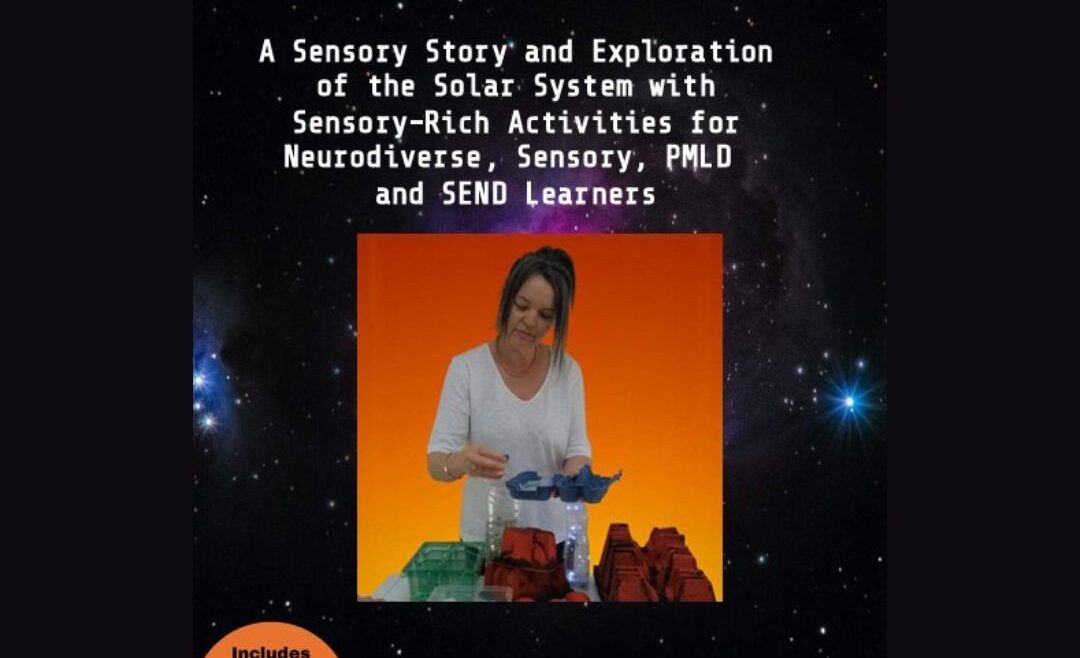
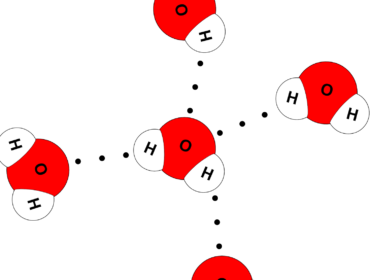
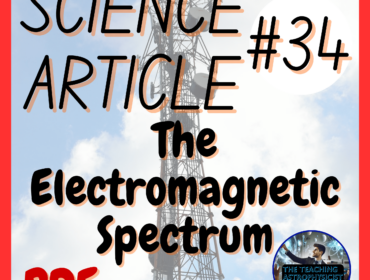
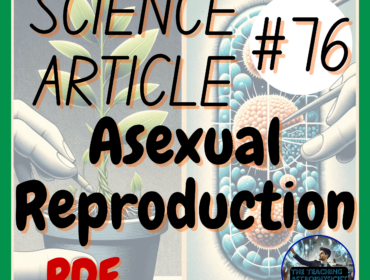
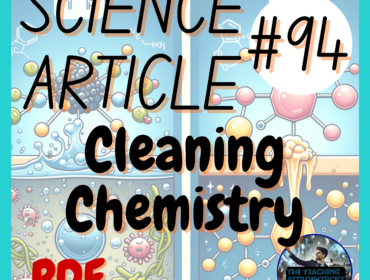
Write a Review
Leave a reply Cancel reply